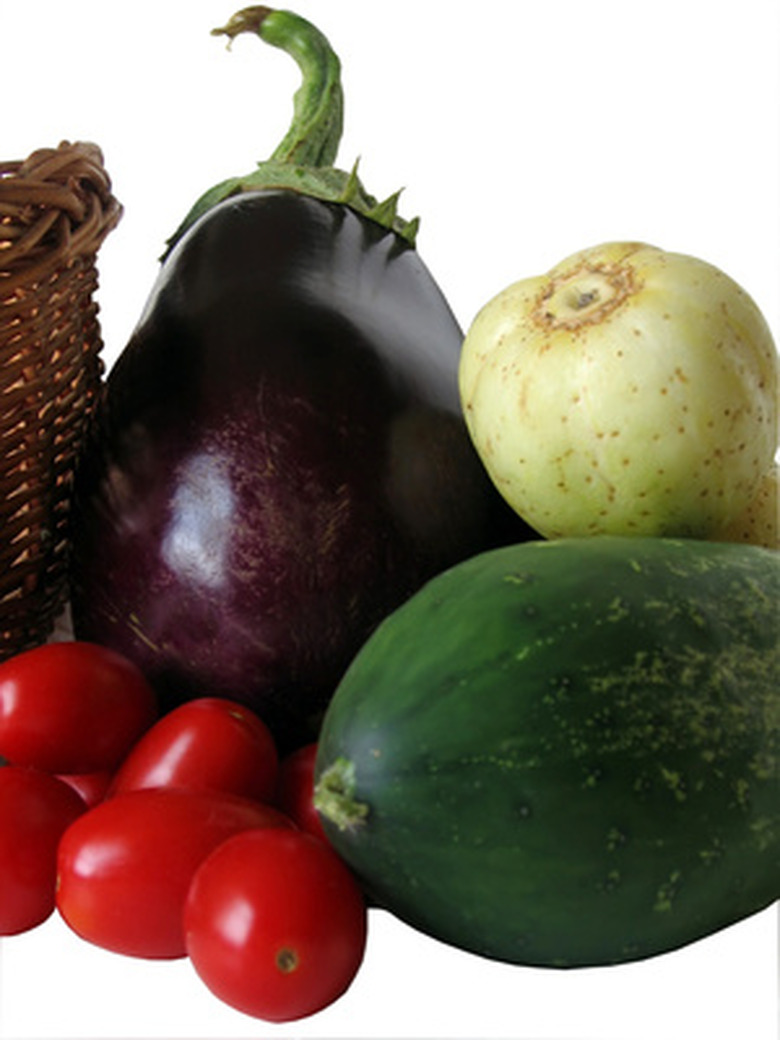Fall Vegetable Planting In Pennsylvania
Things Needed
- Quick-draining soil
- Compost
- Mulch
- Fertilizer
- Blankets
Growing vegetables is pleasurable and rewarding, and takes up many accomplished gardeners' summer seasons. In areas like Pennsylvania, fall and winter bring an end to summertime vegetables, which require warmth and sun to survive. Winter doesn't mean you have to pack up the garden for the year, though. Change your vegetable selections and methods to plant vegetables in the fall and harvest over the winter.
Step 1
Choose the right site for your fall vegetable patch. This is especially important in winter in Pennsylvania, when temperatures drop below freezing. The warmth of the sun will be vital for the survival of the vegetables, so choose a spot that gets bright sun for at least five hours a day. Keep in mind that the winter garden may need to go in a different spot than the summer garden, to account for sun movements.
- Growing vegetables is pleasurable and rewarding, and takes up many accomplished gardeners' summer seasons.
- In areas like Pennsylvania, fall and winter bring an end to summertime vegetables, which require warmth and sun to survive.
Step 2
Choose appropriate vegetables for the timing. Popular winter vegetables include asparagus, rutabagas, lettuce, broccoli and potatoes. Carrots, cabbage and some types of squash will also grow year-round in outdoor locations. It's important to choose the right vegetables for good growing success.
Step 3
Amend the soil in your garden site with a mixture of half compost and half quick-draining soil to give the vegetables the foundation they need. Turn this mixture into the top foot of the garden soil, to ensure good drainage and nutrition both around and below the vegetables. Plant vegetable seedlings and seeds at their preferred depths and spacing.
- Choose appropriate vegetables for the timing.
- Turn this mixture into the top foot of the garden soil, to ensure good drainage and nutrition both around and below the vegetables.
Step 4
Water the garden with 2 inches of water immediately, and put the garden on a weekly watering schedule of 1 to 2 inches per week. Use hand watering to supplement natural rainfall, which will become plentiful over the winter. Once a month, add 10-10-10 fertilizer to the watering, to supplement the nutrients in the soil.
Step 5
Spread 3 to 4 inches of organic mulch around the plants before the first frost, to protect the plants and their roots from freezing temperatures. Maintain this layer through the winter to maintain protection, and supplement with winter blankets (available at home and garden shops). Spread blankets over the garden before any large storms in the area, to keep the vegetables from freezing.
